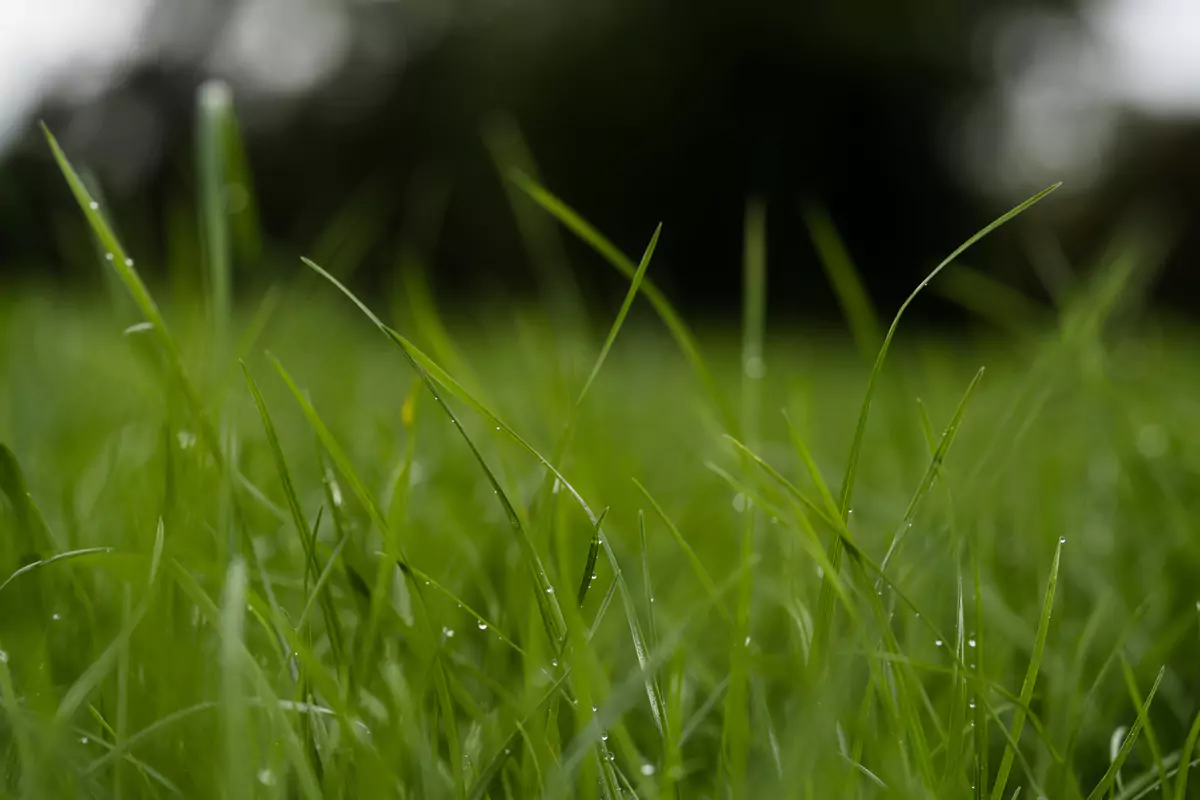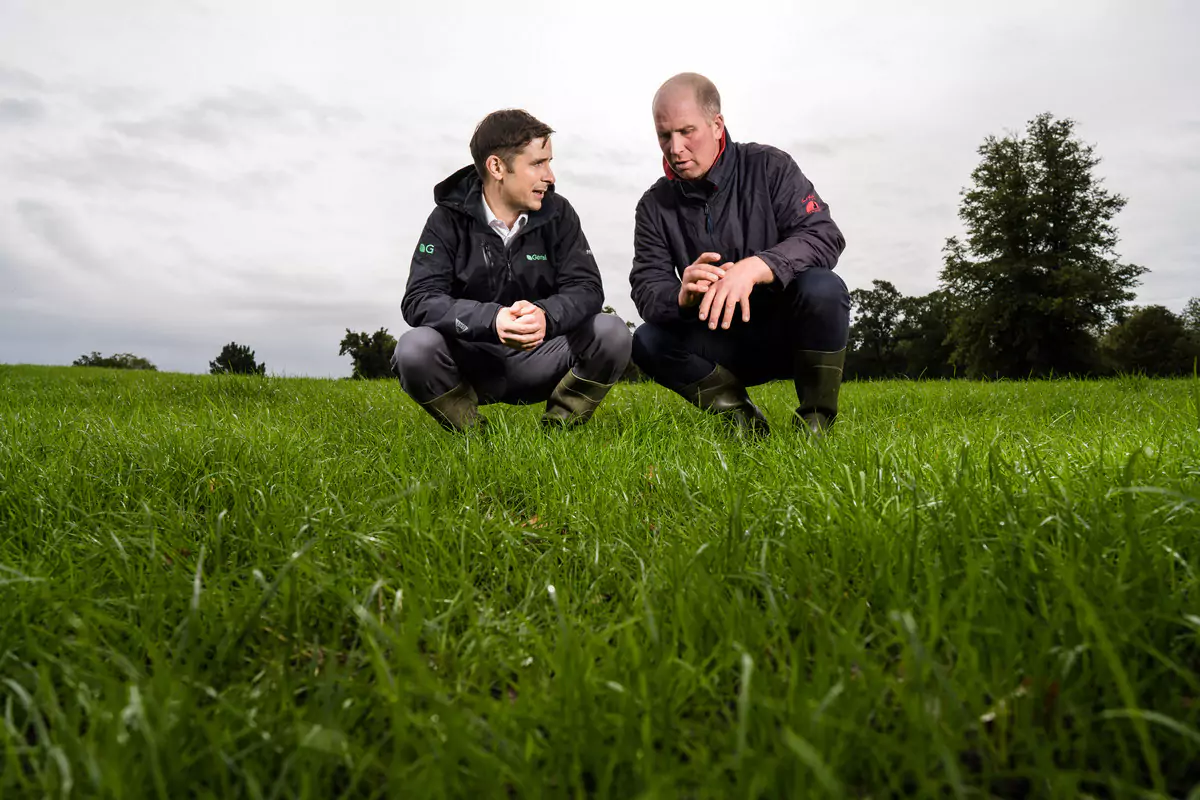You might have seen grassland experts debating diploid vs tetraploid ryegrass and which you should focus on. However, making the right decision for your farm isn't so straightforward, with diploid and tetraploid perennial ryegrass varieties offering distinctive benefits.
What is diploid perennial ryegrass?
Diploid perennial ryegrass has two sets of chromosomes per cell, which impacts its functionality in grassland farming.
Typically, it has a 2% higher dry matter content than tetraploid ryegrass. This is due to the smaller cells and lower cell-wall-to-cell contents ratio of diploid ryegrass. Diploid grasses have greater tillering capacity, thus creating denser swards than tetraploids.
When comparing pure diploid vs tetraploid ryegrass swards, livestock would need to consume more of tetraploid to achieve the same dry matter intake of the diploid sward.
What is tetraploid perennial ryegrass?
Tetraploid grasses have four sets of chromosomes per cell. Comparatively, you'll notice that tetraploid grass seed is bigger and heavier, enabling it to compete better with older swards and germinate quicker than diploid grass seed. This makes tetraploid perennial ryegrass better suited for overseeding pasture.
Tetraploid ryegrass has larger, more upright leaves that are easier for livestock to graze. However, the more open growth habit means they are less suited to heavier soil due to the higher risk of poaching.
With tetraploid grasses, they are generally higher in quality and, combined with their more open growth habit, it is widely accepted that livestock prefer to graze tetraploids over diploids. This is likely due to the increased ease with which animals can graze the tetraploid perennial ryegrass plant.

The best of both
Diploids are more persistent and create a denser sward, better suited to wetter conditions and where long-term grazing is also required. Offering better ground cover, diploid swards are less open and at less risk of weed ingress. These swards are also better at resisting poaching.
Tetraploids, meanwhile, have a more upright growth habit and can be faster establishing while being naturally higher quality and water-soluble carbohydrates, which can increase the energy available to rumen microbes and therefore increase the utilisation of protein by the grazing animal. In turn, this can help reduce ammonia emissions if found in Germinal's Aber High Sugar grass range.
After highlighting the benefits of diploids and tetraploids, you need to remember that it doesn't have to be one or the other. Alan Hughes, a dairy farmer from County Carlow, uses Germinal's Top 5 Extend mixture to benefit from both.
“I've spent time learning what goes into a grass mixture and have become far more selective about what I use, what works best in my soils, and how to recognise quality seed varieties.
“Germinal mixes only contain the highest quality varieties recognisable from the PPI. I currently use Top 5 Extend, a mix of diploid and tetraploid perennial ryegrasses, which suits our grazing system and produces the silage yield we need.”

Top 5 Extend benefits
- Suitable for dairy, beef and sheep systems
- Developed for intensive grazing, cut-and-graze or zero-grazing systems
- High palatability to drive dry matter intakes and animal performance
- Outstanding seasonal grazing yield and quality
Ask an expert
If you're still figuring out the tetraploid vs diploid ryegrass question, then ask one of our grass and forage experts. They can recommend a suitable mixture based on the conditions at your farm.
